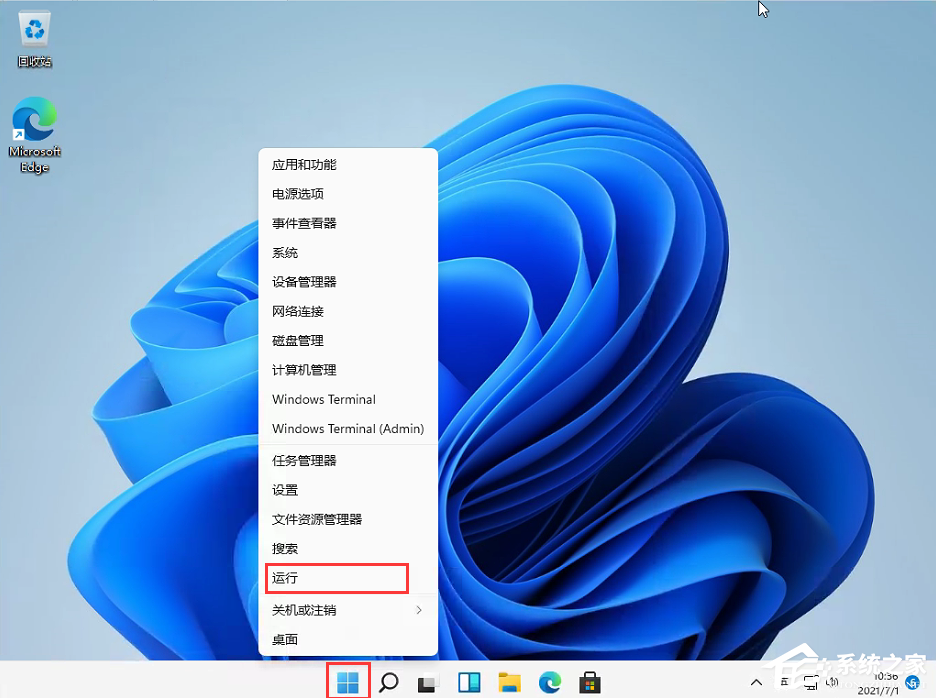前言
本文将提供一种静态分析的方式,用于查找可执行文件mach-o中未使用的类,源码链接:xuezhulian/classunref。
mach-o文件中__data __objc_classrefs段记录了引用类的地址,__data __objc_classlist段记录了所有类的地址,取差集可以得到未使用的类的地址,然后进行符号化,就可以得到未被引用的类信息。
引用类地址
可以通过mac自带的工具otool打印mach-o中的段信息,需要注意的是模拟器和真机对应的可执行文件,数据的存储方式不同需要加以区分。
可以通过file命令获取到arch。
|
1
2
3
|
#binary_file_arch: distinguish big-endian and little-endian
#file -b output example: mach-o 64-bit executable arm64
binary_file_arch = os.popen('file -b ' + path).read().split(' ')[-1].strip()
|
在取类地址的时候区分x86_64和arm。
|
1
2
3
4
5
6
7
8
9
10
11
12
13
14
15
|
def pointers_from_binary(line, binary_file_arch):
line = line[16:].strip().split(' ')
pointers = set()
if binary_file_arch == 'x86_64':
#untreated line example:00000001030cec80 d8 75 15 03 01 00 00 00 68 77 15 03 01 00 00 00
pointers.add(''.join(line[4:8][::-1] + line[0:4][::-1]))
pointers.add(''.join(line[12:16][::-1] + line[8:12][::-1]))
return pointers
#arm64 confirmed,armv7 arm7s unconfirmed
if binary_file_arch.startswith('arm'):
#untreated line example:00000001030bcd20 03138580 00000001 03138878 00000001
pointers.add(line[1] + line[0])
pointers.add(line[3] + line[2])
return pointers
return none
|
通过otool -v -s __data __objc_classrefs获取到引用类的地址。
|
1
2
3
4
5
6
7
|
def class_ref_pointers(path, binary_file_arch):
ref_pointers = set()
lines = os.popen('/usr/bin/otool -v -s __data __objc_classrefs %s' % path).readlines()
for line in lines:
pointers = pointers_from_binary(line, binary_file_arch)
ref_pointers = ref_pointers.union(pointers)
return ref_pointers
|
所有类地址
通过otool -v -s __data __objc_classlist获取所有类的地址。
|
1
2
3
4
5
6
7
|
def class_list_pointers(path, binary_file_arch):
list_pointers = set()
lines = os.popen('/usr/bin/otool -v -s __data __objc_classlist %s' % path).readlines()
for line in lines:
pointers = pointers_from_binary(line, binary_file_arch)
list_pointers = list_pointers.union(pointers)
return list_pointers
|
取差集
用所有类信息减去引用类的信息,此时我们可以拿到未使用类的地址信息。
|
1
|
unref_pointers = class_list_pointers(path, binary_file_arch) - class_ref_pointers(path, binary_file_arch)
|
符号化
通过nm -nm命令可以得到地址和对应的类名字。
|
1
2
3
4
5
6
7
8
9
10
11
|
def class_symbols(path):
symbols = {}
#class symbol format from nm: 0000000103113f68 (__data,__objc_data) external _objc_class_$_episodestatusdetailitemview
re_class_name = re.compile('(\\w{16}) .* _objc_class_\\$_(.+)')
lines = os.popen('nm -nm %s' % path).readlines()
for line in lines:
result = re_class_name.findall(line)
if result:
(address, symbol) = result[0]
symbols[address] = symbol
return symbols
|
过滤
在实际分析的过程中发现,如果一个类的子类被实例化,父类未被实例化,此时父类不会出现在__objc_classrefs这个段里,在未使用的类中需要将这一部分父类过滤出去。使用otool -ov可以获取到类的继承关系。
|
1
2
3
4
5
6
7
8
9
10
11
12
13
14
15
16
17
18
19
20
21
22
|
def filter_super_class(unref_symbols):
re_subclass_name = re.compile("\\w{16} 0x\\w{9} _objc_class_\\$_(.+)")
re_superclass_name = re.compile("\\s*superclass 0x\\w{9} _objc_class_\\$_(.+)")
#subclass example: 0000000102bd8070 0x103113f68 _objc_class_$_ttepisodestatusdetailitemview
#superclass example: superclass 0x10313bb80 _objc_class_$_ttbasecontrol
lines = os.popen("/usr/bin/otool -ov %s" % path).readlines()
subclass_name = ""
superclass_name = ""
for line in lines:
subclass_match_result = re_subclass_name.findall(line)
if subclass_match_result:
subclass_name = subclass_match_result[0]
superclass_match_result = re_superclass_name.findall(line)
if superclass_match_result:
superclass_name = superclass_match_result[0]
if len(subclass_name) > 0 and len(superclass_name) > 0:
if superclass_name in unref_symbols and subclass_name not in unref_symbols:
unref_symbols.remove(superclass_name)
superclass_name = ""
subclass_name = ""
return unref_symbols
|
为了防止一些三方库的误伤,还可以去过滤一些前缀,或者是是仅保留带有某些前缀的类。
|
1
2
3
4
5
6
7
8
|
for unref_pointer in unref_pointers:
if unref_pointer in symbols:
unref_symbol = symbols[unref_pointer]
if len(reserved_prefix) > 0 and not unref_symbol.startswith(reserved_prefix):
continue
if len(filter_prefix) > 0 and unref_symbol.startswith(filter_prefix):
continue
unref_symbols.add(unref_symbol)
|
最终结果保存在脚本目录下。
|
1
2
3
4
5
6
7
|
script_path = sys.path[0].strip()
f = open(script_path+"/result.txt","w")
f.write( "unref class number: %d\\n" % len(unref_symbles))
f.write("\\n")
for unref_symble in unref_symbles:
f.write(unref_symble+"\\n")
f.close()
|
这个思路在一定程度上能够减少代码的冗余,减小包的体积。因为是静态分析,不能包括动态调用的情况,对于需要删除的类需要进一步的确认。
总结
以上就是这篇文章的全部内容了,希望本文的内容对大家的学习或者工作具有一定的参考学习价值,谢谢大家对快网idc的支持。
相关文章
- 64M VPS建站:怎样选择合适的域名和SSL证书? 2025-06-10
- 64M VPS建站:怎样优化以提高网站加载速度? 2025-06-10
- 64M VPS建站:是否适合初学者操作和管理? 2025-06-10
- ASP.NET自助建站系统中的用户注册和登录功能定制方法 2025-06-10
- ASP.NET自助建站系统的域名绑定与解析教程 2025-06-10
- 2025-07-10 怎样使用阿里云的安全工具进行服务器漏洞扫描和修复?
- 2025-07-10 怎样使用命令行工具优化Linux云服务器的Ping性能?
- 2025-07-10 怎样使用Xshell连接华为云服务器,实现高效远程管理?
- 2025-07-10 怎样利用云服务器D盘搭建稳定、高效的网站托管环境?
- 2025-07-10 怎样使用阿里云的安全组功能来增强服务器防火墙的安全性?
快网idc优惠网
QQ交流群
-
2025-05-25 102
-
2025-05-25 23
-
2025-05-27 33
-
CentOS VPS建站:选择哪种Web服务器更好,Apache还是Nginx?
2025-06-05 102 -
2025-05-27 76









